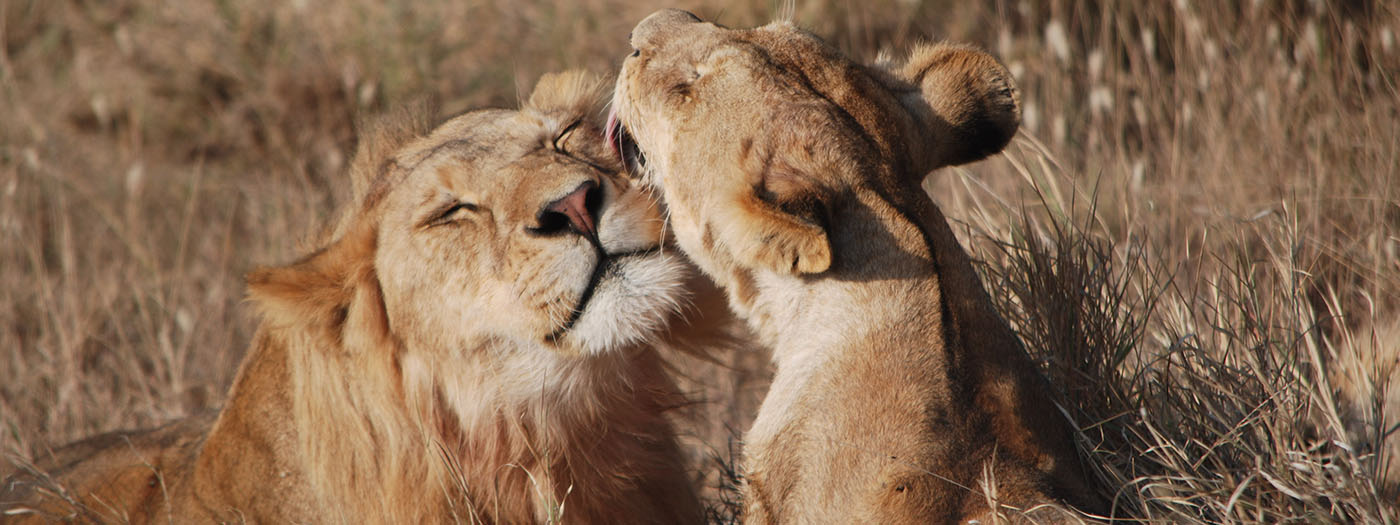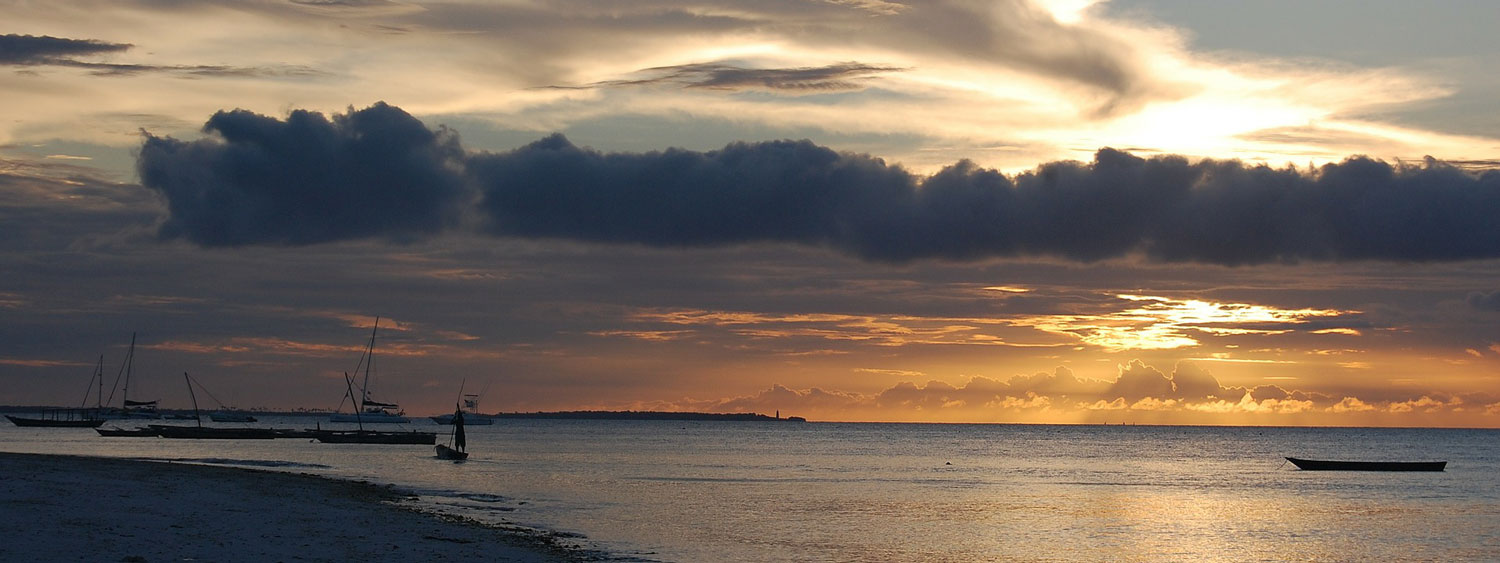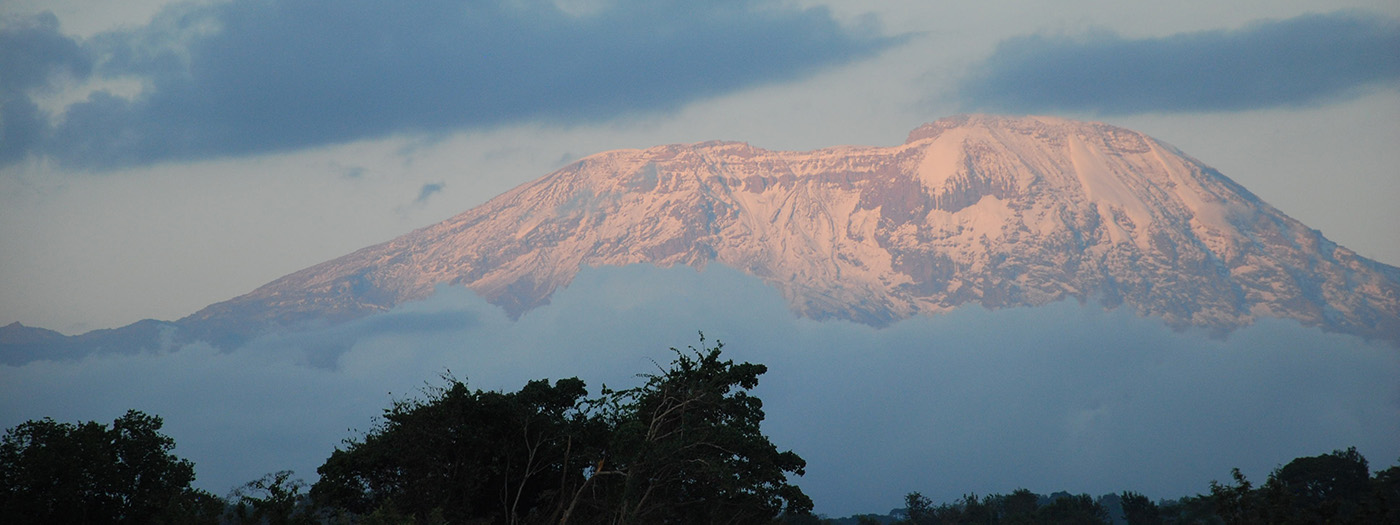Tarangire National Park takes its name from the river that runs through it, the Tarangire River. The park covers an area of 2850 sq. km and is famous for its huge baobab trees and herds of elephants. During the dry season, from June to October, thousands of animals are concentrated in the park, especially along the banks of the river, the only source of water at that time.
Tarangire is one of the most beautiful parks in Tanzania, second only to the Serengeti and the Ngorongoro crater. It is located about 120 km from Arusha and can be reached in less than 2 hours by jeep on a paved track.
Along the way, you can see many Masai shepherds with their grazing animals and local villages immersed in the typical African landscape.
Tarangire is usually one of the first stops on our safari programs, where our guests often manage to spot numerous mammals, such as zebras, giraffes, wildebeest, lions, and many more.
To enjoy the beauty of Tarangire, we suggest staying for at least two nights, and exploring the park during night photo-safaris, walking safaris, or balloon safaris. At the edge of the park, it is possible to visit Masai boma, very interesting to discover the Masai culture and traditions, immersing yourself even more in local traditions and customs.
Description
When wildlife are looking for a place to drink, even in the driest of seasons, they come to the Tarangire River in the Tarangire National Park. Although the strong sun scorches the earth and shrivels the surrounding flora, this river remains constant in a source of water. Although it is far from its peak heights of the wet season, it still attracts animals from all around for a refreshing drink.
Among the wildlife are buffalos, elands, gazelles, hartebeests, impalas, wildebeests, and zebras, but the most impressive are the herds of elephants which can number over 300. All of these creatures account for the largest group of wildlife aside from the Serengeti, making this a prime spot for predators in Tanzania. The Tarangire River even draws the seldom seen fringe-eared oryx and long-necked gerenuk, which are different varieties of antelope.
In contrast in the rainy season, the elephants still loiter by the river but the other wildlife spread out over 20,000 square kilometers (12,500 square miles) and return to the river only for a drink. The surrounding green swamps attract over 550 bird species, making it the environment with the most breeding species globally.
On land, you will see the birds, such as the Savannah bustard (the heftiest bird that flies), ostrich (biggest bird in the world), turkeys, yellow lovebirds, weaver and starling. Dwarf mongoose groups and barbet couples can be seen former termite mounds and sing duets in unison to attract interest to them. The birds show the diversity of their species with some being bright and colorful while others are duller in appearance. All of these birds flock around the dry plains of this region of Tanzania.
Among the trees, you will find leopards, lions and pythons. Are you ready to scan trees during the game drives in the park?
Geography
- Size: 2850 sq. km.
- Location: Northern Tanzania
- Distance from Arusha: 118 km southwest
Flora in Tarangire
The landscape is made up of the river valley and marshy areas. The vegetation is a mix of acacia woods, combretum woods and baobab trees.
Breathtaking views of the African savannah and mountains south of the park make the game drive in Tarangire National Park a memorable experience.
Tarangire National Park Weather
The best time to visit the park is the dry season which runs from June to October, when many animals in search of water are concentrated around the Tarangire River and the Silale marsh.
The climate in Tarangire is temperate and pleasant. The wet seasons are from March to May (heavy rains) and from November to December (small rains). It usually rains in the afternoon or during the night, rarely for the whole day.
The days are never too hot, while the evening and morning are cooler. Warm clothes are also recommended for sunrise safaris.
The hottest months are from January to March and from October to December, the temperature is between 17 °C minimum and 29 °C maximum.
The coldest months are from April to September when the temperature is between 15 °C minimum and 25 °C maximum.
The Great Migration in Tarangire
During the dry season the migration of wildebeest and zebras, antelopes and even predators can be found in the Tarangire National Park, since thanks to the river the animals can drink.
During this season, elephants abound: the pachyderm families, in fact, play around the baobab trees and eat the bark of those trees.
During the rainy season, animals migrate from Tarangire National Park to Lake Manyara National Park as Tarangire's ground becomes too muddy with the rains.
Tarangire Wildlife
Tarangire is famous for its baobab trees and large herds of elephants, but it is also populated by many other animals such as lions, leopards, zebras, wildebeest and many different species of birds. There are numerous birdwatchers who visit the park every year.
During a photo-safari day, you will be able to spot most of the typical African mammals, many species of birds and with a bit of luck even predators such as lions, hyenas and cheetahs.
There are no rhinos in the park and the most difficult species to spot are the leopard and the cheetah.
Lodges and Camps in Tarangire National Park
Inside the Tarangire park we can overnight at Tarangire Safari Lodge, with a fantastic river view, or at Tarangire Sopa Lodge, also within the park.
Outside the park we can choose between Sangaiwe Tented Lodge, Lake Burunge Tented Lodge and the Maramboi Tented Lodge.
After the game drive, many visitors prefer to drive to Karatu, next to Ngorongoro Conservation Area border. In this way the next day transfer to Serengeti is shorter.
Tarangire safari: the best offers
There are different safaris that include a visit to Tarangire National Park: generally, our plans include visiting this park first. You can visit Tarangire and sport the Great Migration or look for the "Big Five" during your safari in Tanzania, here is some safari programs:
- Ndutu Serengeti Great Migration Safari
- Mara River and The Great Migration Safari
- Big Five Safari in Tanzania
You can contact us for a tailor made safari program – info@savannahexplorers.com – Whatsapp +255 765 972 458




